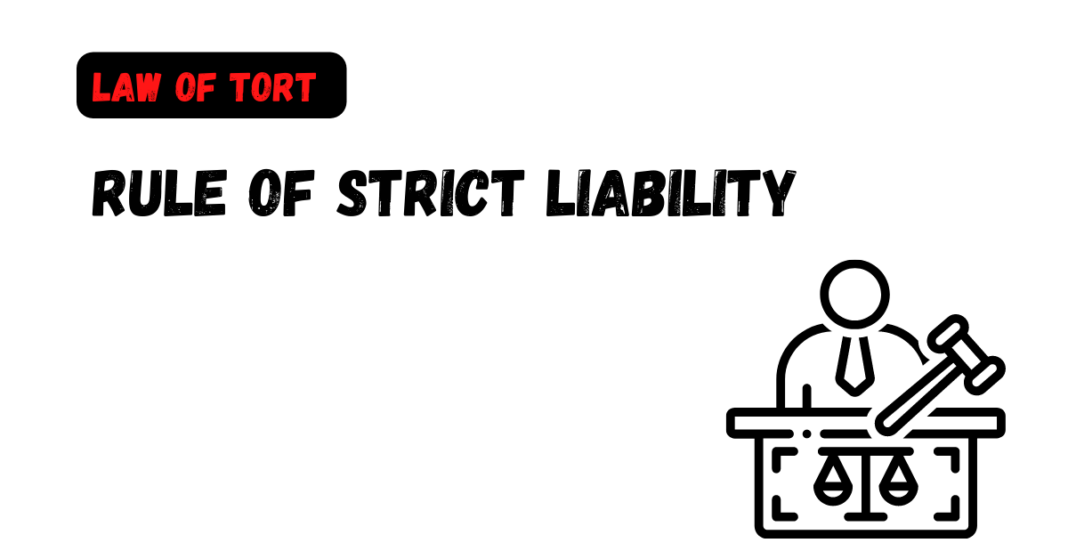The rule of strict liability makes a defendant responsible for harm caused by their actions or products, regardless of whether or not the defendant acted negligently. Strict liability is usually applied in cases involving dangerous or hazardous activities, such as manufacturing and distributing products, keeping wild animals, or engaging in ultra-hazardous activities like blasting or using explosives.
Under strict liability, the plaintiff does not need to prove that the defendant was negligent or intended to cause harm. Instead, the plaintiff must only demonstrate that the defendant engaged in the activity or produced the product that caused the harm, and that the harm resulted from that activity or product.
The purpose of strict liability is to offer greater protection to individuals who suffer injuries due to inherently hazardous activities or products. By making the defendant responsible for the harm caused by their actions or products, strict liability law intends to motivate those who are engaged in such activities or producing such products to take more safety measures and precautions.
It’s crucial to understand that strict liability doesn’t cover all types of harm or injuries. Instead, it usually applies only to cases that involve specific activities or products that are inherently dangerous. In such cases, the plaintiff doesn’t have to prove the defendant’s negligence or intent to cause harm; it’s enough to show that the defendant was involved in the activity or produced the product that caused the harm. However, in other cases where strict liability doesn’t apply, the plaintiff may have to demonstrate negligence or intentional misconduct on the part of the defendant to receive compensation for damages.
Important highlights to bear in mind
- Strict liability makes a defendant responsible for harm caused by their actions or products, regardless of whether they acted negligently or not.
- Strict liability usually applies to dangerous or hazardous activities/products like manufacturing, keeping wild animals, or using explosives.
- Under strict liability, the plaintiff doesn’t need to prove the defendant’s negligence or intent to cause harm. They only need to show that the defendant was involved in the activity or produced the product that caused the harm.
- The purpose of strict liability is to offer greater protection to individuals who suffer injuries due to inherently hazardous activities or products.
- Strict liability aims to motivate those who are engaged in such activities or producing such products to take more safety measures and precautions.
- Strict liability doesn’t cover all types of harm or injuries. It usually applies only to cases that involve specific activities or products that are inherently dangerous.
- In other cases where strict liability doesn’t apply, the plaintiff may have to demonstrate negligence or intentional misconduct on the part of the defendant to receive compensation for damages.





